What are the attributes of bathroom cladding?
Cladding is waterproof, fire resistant and hygienic by design. Originally for exterior use, the benefits can now be had inside the home. Bathroom wall panels are designed to let water drip unimpeded, reducing places where mould and bacteria multiply. Maybe above all, our panels have a Grade 1 Fire Resistance rating.
What is Grade 1 fire rated bathroom cladding?
Many tests are undertaken to ensure our bathroom cladding is Grade 1 Fire Rated. From how far a flame moves up the material when in direct contact with a pilot light, to the amount of heat and smoke generated as well as the burn rate. Our wall panels pass all of the tests to meet the Grade 1 standard.
Why do bathroom cladding panels prevent mould?
Bathroom cladding panels have no grout, a must for ceramic tiles. The grout necessary for ceramic tile installation is the perfect breeding ground for mould. The smooth construction of cladding makes it far more difficult for mould to get a hold and provides an easy clean, hygienic surface.
Mould is made up of microscopic spores which spread through the air and when they find an environment with favourable conditions, they will begin to grow. The prerequisites for its survival are a food source, darkness, warmth, time and moisture.
Within our homes, there are certain of these aspects that can not be taken away to make the environment more hostile to mould spores because they are things that we require or prefer ourselves. No-one wants a bathroom that is cold and without moisture, but we can do something about the other elements with that mould requires. A food source is anything organic that can be found within a bathroom, such as wood, cotton or even the paper layer of drywall. Our panels are a man-made polymer and contain no organic material upon the which the mould can feed.
What stops water getting between the bathroom panels?
Bathroom wall panels are fixed to one another via tongue and groove connections. Our tongues are longer than normal, keeping the area of surface contact as large as possible. Towards the end on each tongue, there is a locally expanded area that creates more pressure within the joint, closing gaps and keeping water out.


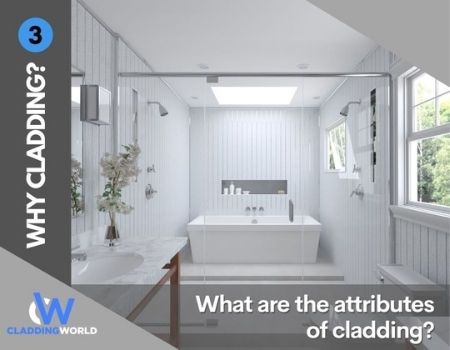
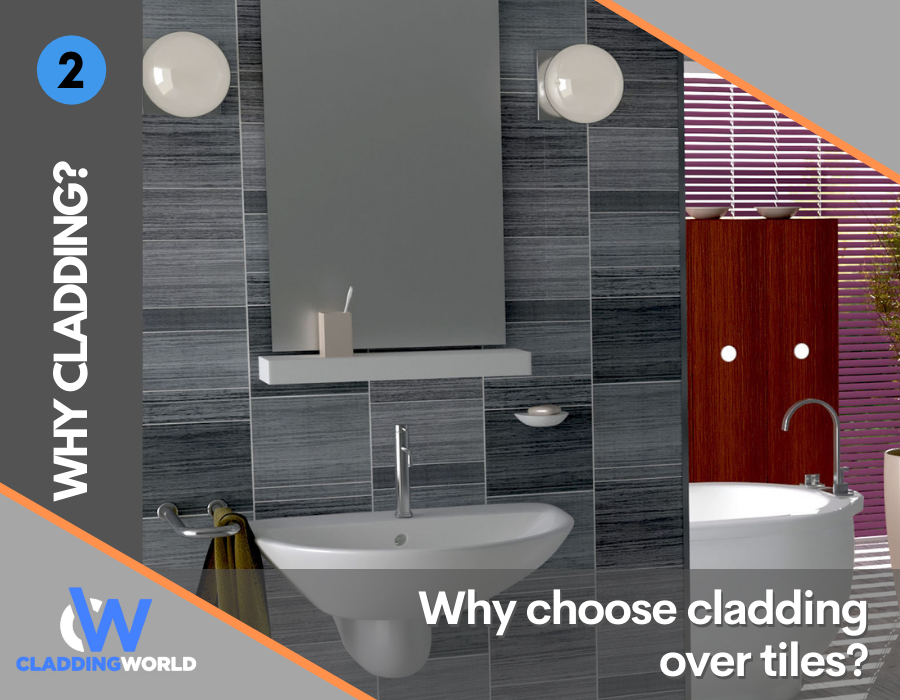
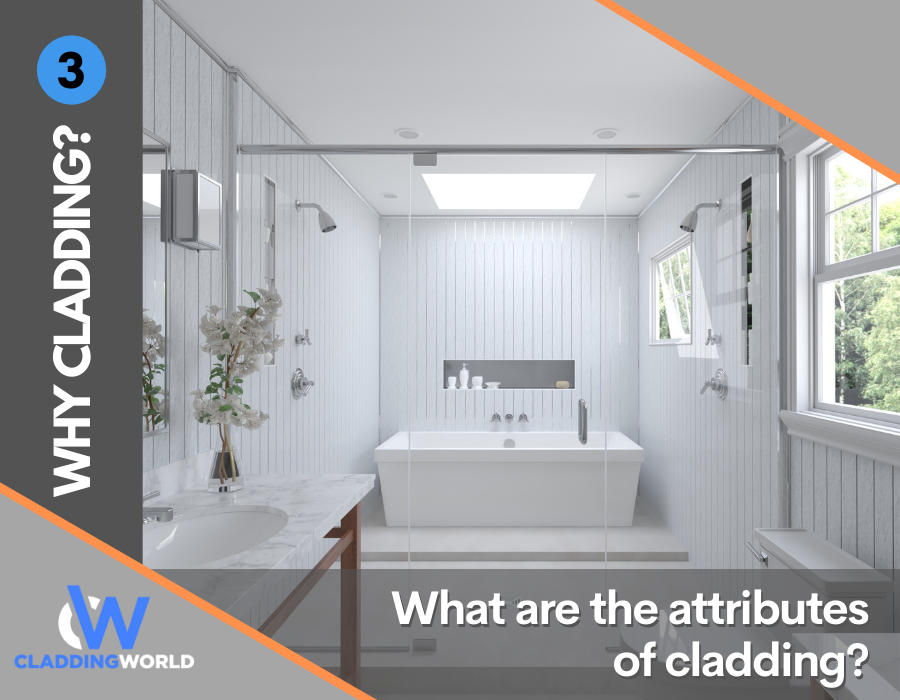
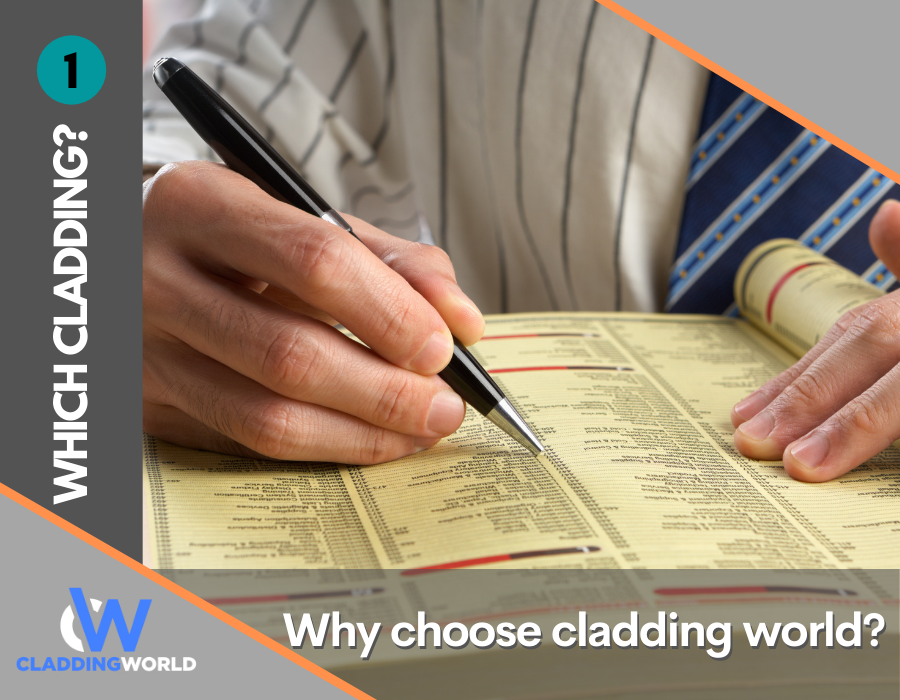
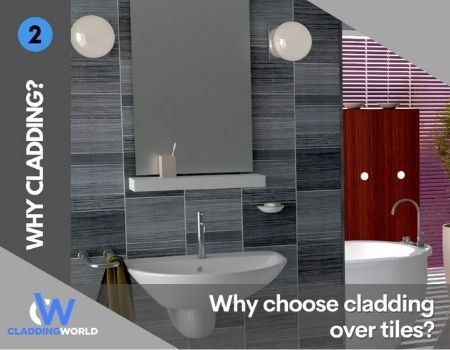

Leave a comment
This site is protected by hCaptcha and the hCaptcha Privacy Policy and Terms of Service apply.